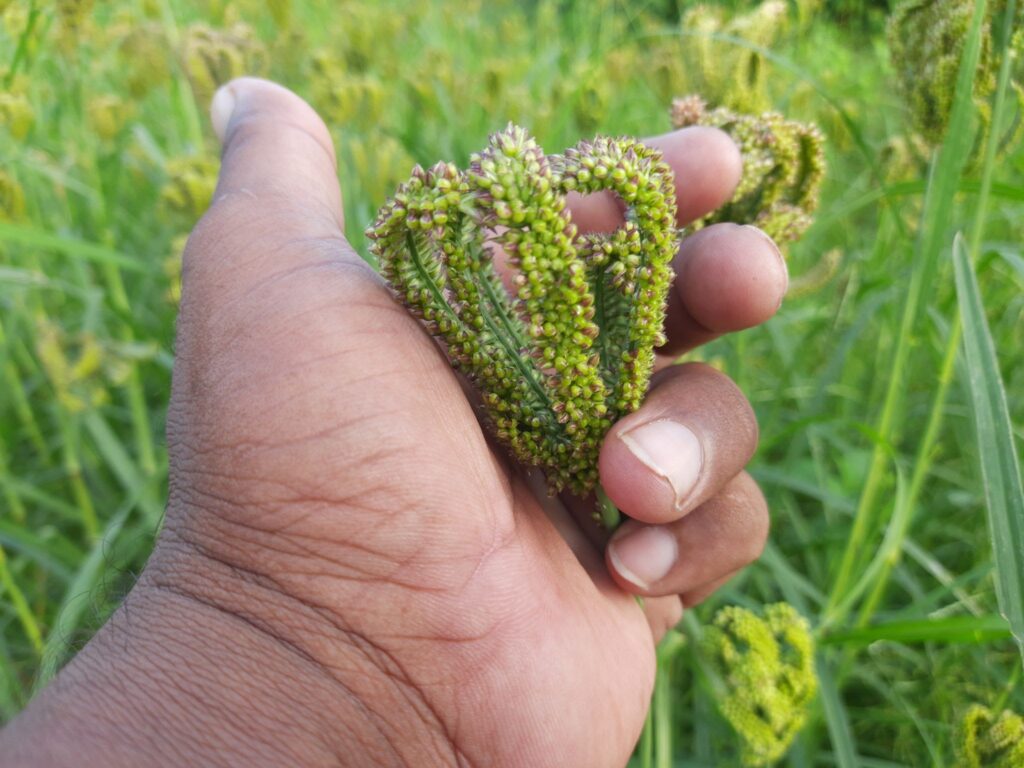What Is Kodo Millet?
Kodo, Koda or Arke millet that goes with the botanical name Paspalum scrobiculatum is a drought-tolerant annual plant that is cultivated extensively in India, Nepal, Vietnam, Philippines, Indonesia and West Africa. Kodo millet grass reaches up to four feet tall, sporting slender leaves at 20 to 40 cm in length requiring very little water to grow. When harvested the seeds are ellipsoidal in shape, tiny at 1.5mm in width and 2mm in length, colour varying between light brown to dark grey.
Kodo millet is also known as cow grass, rice grass, ditch millet, Indian cow grass. It is called as Kodo dhana in Hindi, Arikalu in Telugu, Varagu in Tamil, Kodro in Gujarati, Harka in Kannada, Kodon in Urdu.
Nutritional Value in Kodo Millet:
Kodo millet is repository of nutrients, a great substitute for rice and wheat. With a whopping 11% protein for every 100 grams, it is also a rich source of fibre at 10 grams, 66.6 grams of carbohydrates, 353kcal, 3.6 grams of fat, besides impressive presence of calcium, iron, polyphenols and various other nutrients. (Source: Wikipedia)
Kodo Millet in Ayurveda:
Ancient Indian medicine ayurveda classifies Kodo millet as langhana, which means bringing lightness to the body and is included under the category of Trina Dhanya Varga – (grains that are produced by grass like plants). It is termed as a wholesome food, prized for its medicinal, therapeutic and culinary properties and is recommended for diabetics, to beat fatigue, heal wounds faster. Being cold in nature, it increases vata dosha but balances issues caused due to kapha and pitta doshas.
